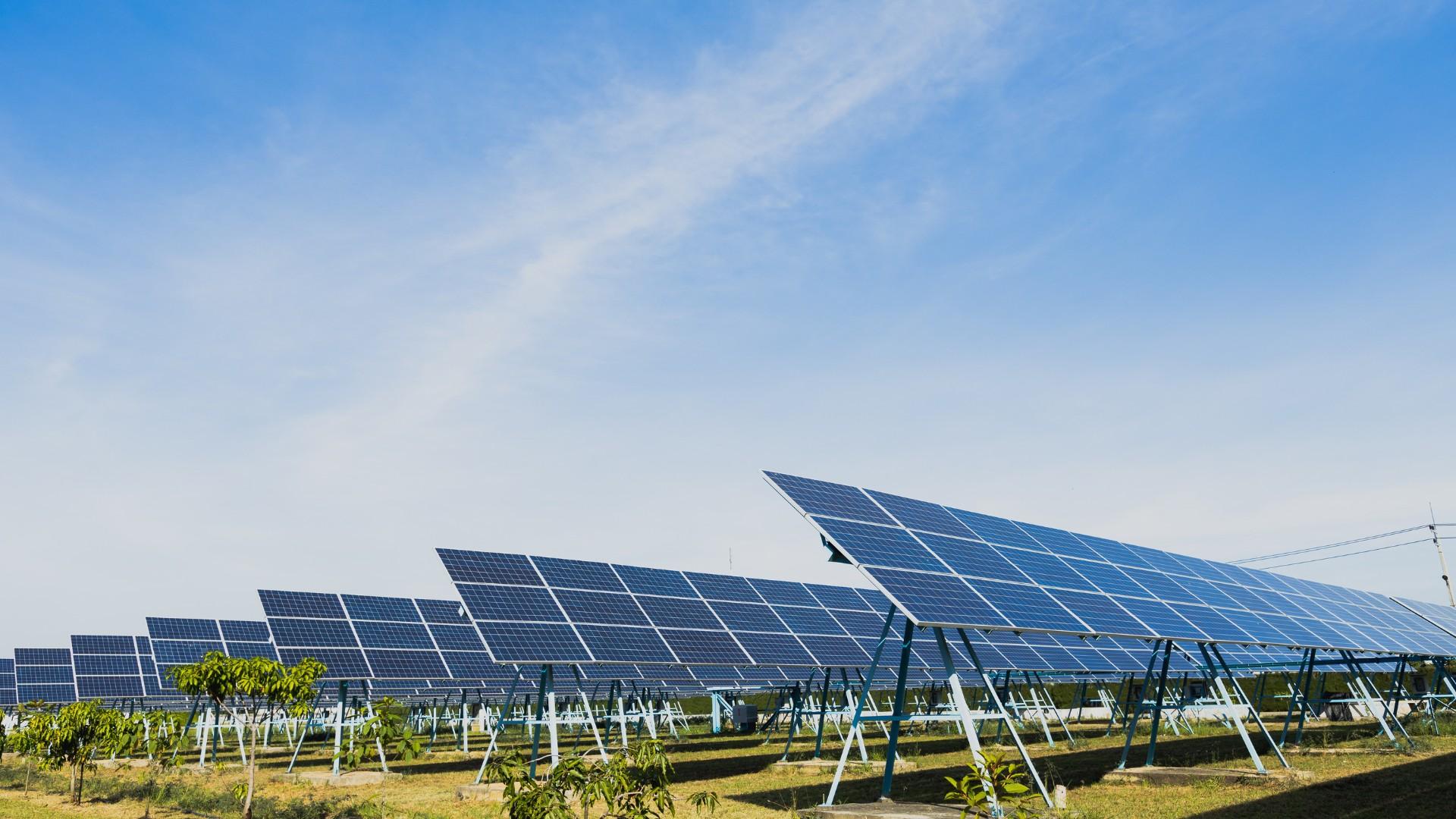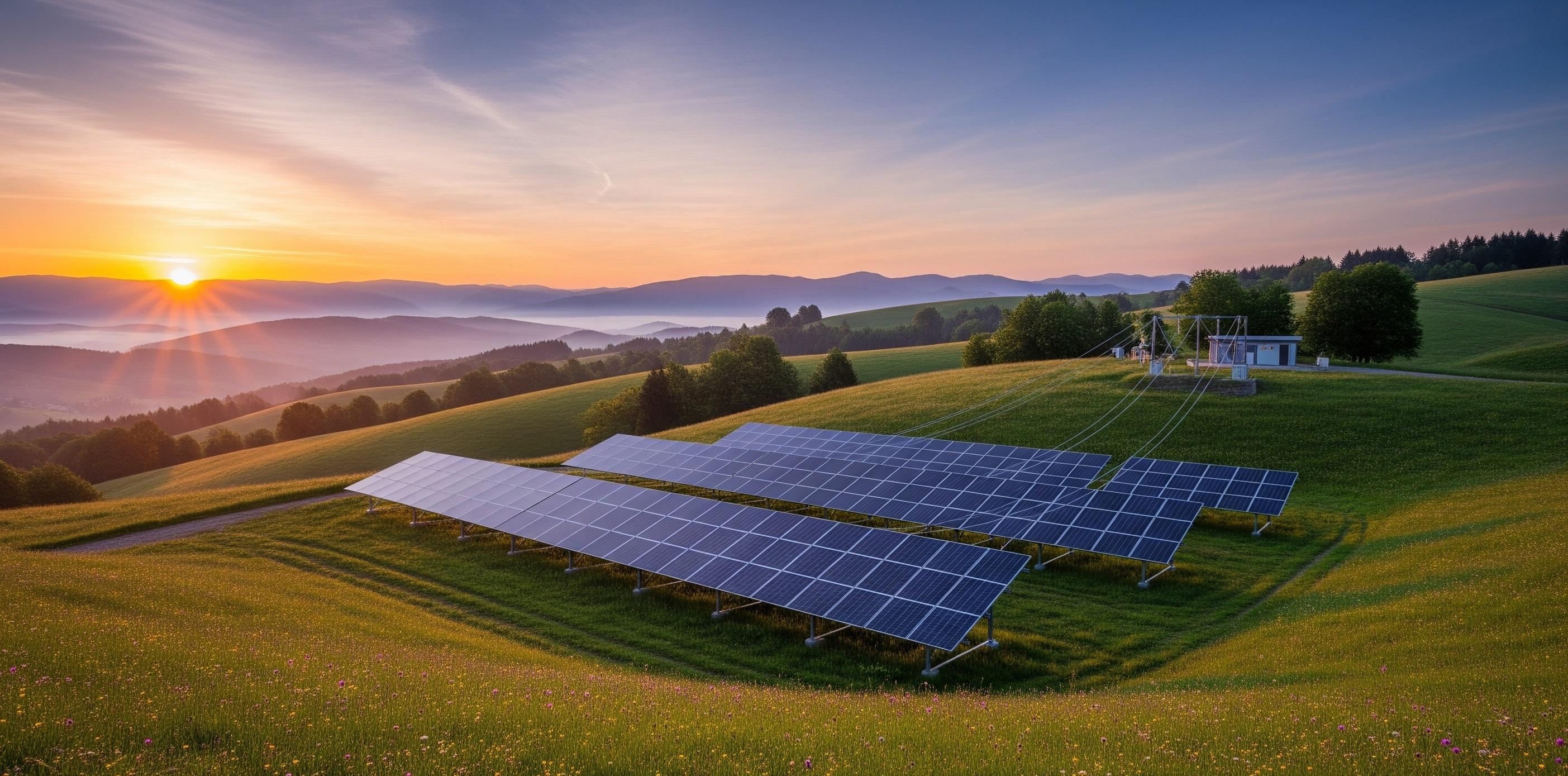Solar Panel Design UAE: Your Complete Guide to Sustainable Energy Solutions

The United Arab Emirates stands at the forefront of renewable energy transformation, with solar power leading the charge toward a sustainable future. As the nation pursues its ambitious clean energy goals, understanding solar panel design becomes crucial for homeowners, businesses, and developers looking to harness the abundant sunshine that graces the UAE year-round.
Solar panel systems in the UAE require specialized design considerations that account for the region's unique climate conditions, regulatory requirements, and energy demands. From residential rooftops in Dubai to massive commercial installations in Abu Dhabi, proper solar panel design ensures maximum efficiency, longevity, and return on investment.
This comprehensive guide explores everything you need to know about solar panel design in the UAE, covering essential design principles, technology options, installation considerations, and the regulatory landscape that shapes the solar industry across the Emirates.
Understanding Solar Panel Design Fundamentals in the UAE
Solar panel design UAE encompasses a sophisticated approach to renewable energy systems that must perform optimally in one of the world's most challenging climates. The design process begins with understanding the unique environmental conditions that characterize the UAE, including extreme temperatures, high humidity levels, and frequent sandstorms that can impact system performance.
Effective solar panel design in the UAE requires careful consideration of panel orientation, tilt angles, and spacing to maximize energy capture while minimizing heat buildup. The intense solar radiation available throughout the year presents both opportunities and challenges—while energy generation potential is exceptional, panels must be designed to withstand thermal stress and maintain efficiency in temperatures that regularly exceed 45°C.
Modern solar installations in the UAE incorporate advanced cooling technologies, optimized inverter systems, and robust mounting structures specifically engineered for desert conditions. Design professionals must also account for the UAE's building codes, safety regulations, and grid connection requirements when developing solar solutions for residential, commercial, and industrial applications.
Residential Solar Solutions: Designing for UAE Homes
Residential solar panel systems in the UAE require customized design approaches that consider individual home characteristics, energy consumption patterns, and aesthetic preferences. The typical UAE home consumes significant energy for air conditioning, making solar power an attractive option for reducing electricity costs while supporting environmental sustainability.
Design considerations for residential systems include roof structure analysis, shading assessments, and electrical system integration. Many UAE homes feature flat or low-pitched roofs that offer excellent mounting opportunities for solar panels, though proper drainage and wind resistance must be incorporated into the design.
Modern residential solar designs often incorporate smart monitoring systems that allow homeowners to track energy production and consumption in real-time. These systems can be integrated with home automation platforms, enabling intelligent energy management that optimizes solar power usage throughout the day.
Commercial and Industrial Solar Design Strategies
Large-scale commercial and industrial solar installations in the UAE present unique design challenges and opportunities. These systems typically range from hundreds of kilowatts to several megawatts, requiring sophisticated engineering approaches that maximize energy output while ensuring long-term reliability and cost-effectiveness.
Commercial solar design must account for complex roof structures, multiple electrical loads, and integration with existing building management systems. Many UAE businesses operate energy-intensive processes during daylight hours, making solar power an ideal match for reducing operational costs and carbon footprints.
Industrial solar installations often incorporate ground-mounted systems that can be optimized for maximum energy capture without roof space limitations. These designs may include tracking systems that follow the sun's path throughout the day, significantly increasing energy production compared to fixed installations.
Technology Selection and System Components
Solar panel technology selection plays a crucial role in UAE system design, with monocrystalline and polycrystalline silicon panels being the most common choices. Monocrystalline panels typically offer higher efficiency ratings and better performance in high-temperature conditions, making them particularly suitable for UAE applications.
Inverter technology has evolved significantly, with string inverters, power optimizers, and microinverters each offering distinct advantages for different installation types. Modern inverter systems incorporate advanced monitoring capabilities and grid-tie safety features that comply with UAE utility requirements.
Energy storage integration is becoming increasingly important in UAE solar design, particularly for applications requiring backup power or time-of-use optimization. Battery systems must be designed to operate reliably in high-temperature environments while providing the necessary capacity and cycling capabilities for local applications.
Environmental Considerations and Climate Adaptation
The UAE's desert climate presents unique challenges that must be addressed through thoughtful solar panel design. High ambient temperatures can reduce panel efficiency, making thermal management a critical design consideration. Proper ventilation, mounting techniques, and panel selection help maintain optimal operating temperatures.
Dust and sand accumulation can significantly impact system performance, requiring design strategies that minimize soiling effects and facilitate regular cleaning. Some installations incorporate automated cleaning systems or specialized coatings that reduce dust adhesion and improve self-cleaning capabilities.
Humidity and salt air exposure in coastal areas require corrosion-resistant materials and protective measures to ensure long-term system reliability. UV radiation intensity in the UAE also necessitates high-quality materials and protective coatings that can withstand prolonged exposure without degradation.
Regulatory Framework and Grid Integration
Understanding the UAE's regulatory environment is essential for successful solar panel design and implementation. The Emirates Water and Electricity Company (EWEC) and local distribution companies have established guidelines for grid-connected solar systems, including technical specifications, safety requirements, and interconnection procedures.
Net metering policies vary across different emirates, influencing system sizing and design optimization strategies. Some areas offer favorable feed-in tariffs that make larger system sizes economically attractive, while others focus on self-consumption optimization.
Building code compliance is another critical aspect of solar design, with specific requirements for structural loading, electrical safety, and fire access that must be incorporated into every installation. Professional certification and inspection requirements ensure systems meet local standards for safety and performance.
Installation and Maintenance Considerations
Proper installation techniques are crucial for solar system performance and longevity in UAE conditions. Mounting systems must be designed to withstand high winds, thermal cycling, and potential seismic activity while maintaining panel alignment and structural integrity.
Cable management and electrical connections require special attention in the UAE environment, with high-temperature rated components and protective conduits necessary to ensure long-term reliability. Grounding systems must comply with local electrical codes while providing effective protection against electrical faults.
Maintenance planning should be integrated into the design process, with consideration for safe access, cleaning requirements, and component replacement procedures. Remote monitoring systems can help identify performance issues early and optimize maintenance scheduling.
Economic Analysis and Return on Investment
Solar panel design uae must balance performance optimization with economic considerations to ensure attractive returns on investment. System sizing should account for energy consumption patterns, available roof space, and local utility rates to maximize financial benefits.
Financing options and incentive programs can influence design decisions, with some programs favoring specific technologies or installation approaches. Life-cycle cost analysis helps identify the most cost-effective design solutions over the 25-year typical system lifespan.
Energy storage integration requires careful economic analysis, considering factors such as time-of-use rates, backup power requirements, and battery replacement costs. Advanced modeling tools help optimize system designs for maximum economic benefit under various scenarios.
Future Trends and Innovation
The solar industry in the UAE continues to evolve rapidly, with emerging technologies and design approaches promising even greater efficiency and cost-effectiveness. Bifacial solar panels, which can capture reflected light from both sides, show particular promise in the UAE's high-albedo desert environment.
Smart grid integration and IoT connectivity are becoming standard features in modern solar designs, enabling advanced energy management and grid support functions. These technologies allow solar systems to provide value beyond simple energy generation, including grid stabilization and demand response capabilities.
Energy storage costs continue to decline while performance improves, making battery integration increasingly attractive for UAE applications. Next-generation storage technologies promise even greater capabilities for supporting grid independence and resilience.
Choosing the Right Design Partner
Selecting an experienced solar design and installation partner is crucial for project success in the UAE market. Companies like Integra bring deep local knowledge and technical expertise to ensure systems are properly designed, installed, and maintained for optimal performance in UAE conditions.
Professional design services should include comprehensive site assessments, detailed engineering drawings, performance modeling, and ongoing support throughout the system lifecycle. Local experience with UAE regulations, climate conditions, and utility requirements is essential for avoiding common pitfalls and ensuring smooth project execution.
Quality installations backed by comprehensive warranties and ongoing maintenance support provide peace of mind and protect the significant investment in solar technology. The right partner will help navigate the complex landscape of technology options, regulations, and financing to deliver optimal results.
Solar panel design in the UAE represents a sophisticated blend of engineering expertise, environmental adaptation, and economic optimization. As the nation continues its transition toward renewable energy, well-designed solar systems will play an increasingly important role in meeting growing energy demands while supporting sustainability goals. Whether for residential, commercial, or industrial applications, proper solar panel design ensures maximum value from the UAE's abundant solar resources while contributing to a cleaner, more sustainable energy future.








